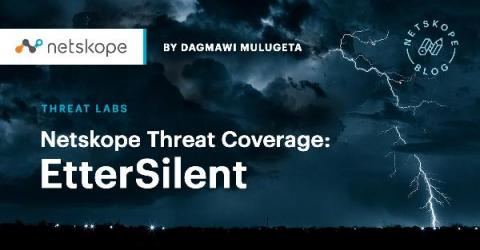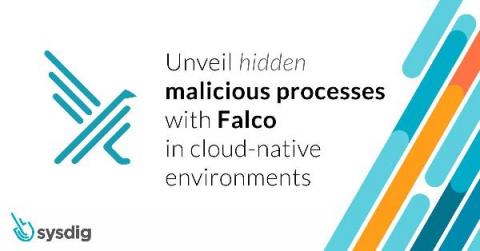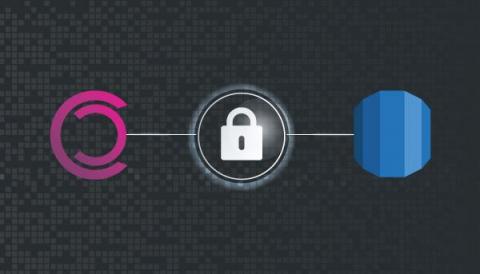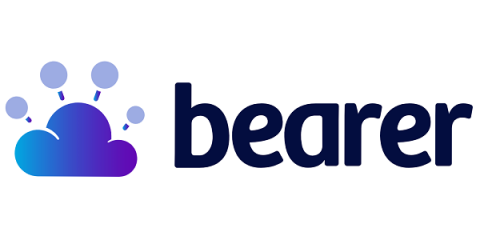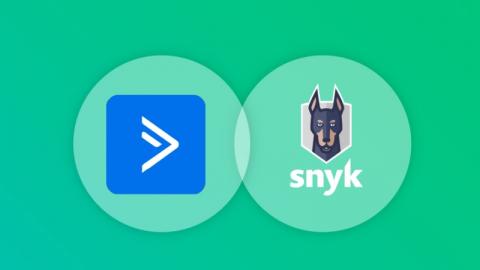Securing the IoT tsunami
The Internet of Things (IoT) is a reality. Gartner forecasts 25 billion IoT devices by 2021, and other industry sources and analysts predict even larger numbers. Although projections of unprecedented growth are ubiquitous among industry pundits, the efforts to secure this tsunami of connected devices are in their infancy. The IoT is still relatively new, so it lacks regulations that mandate security.




